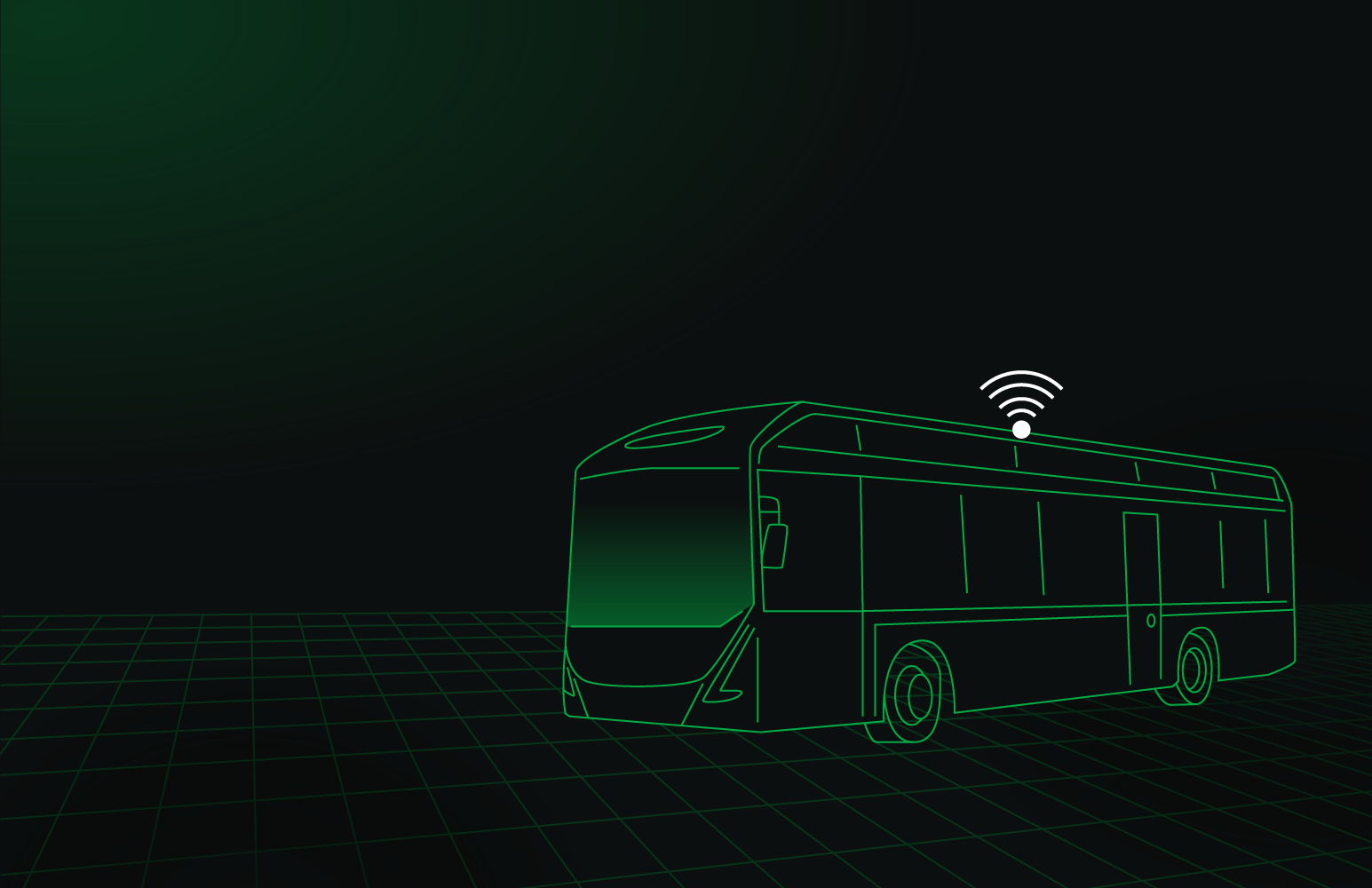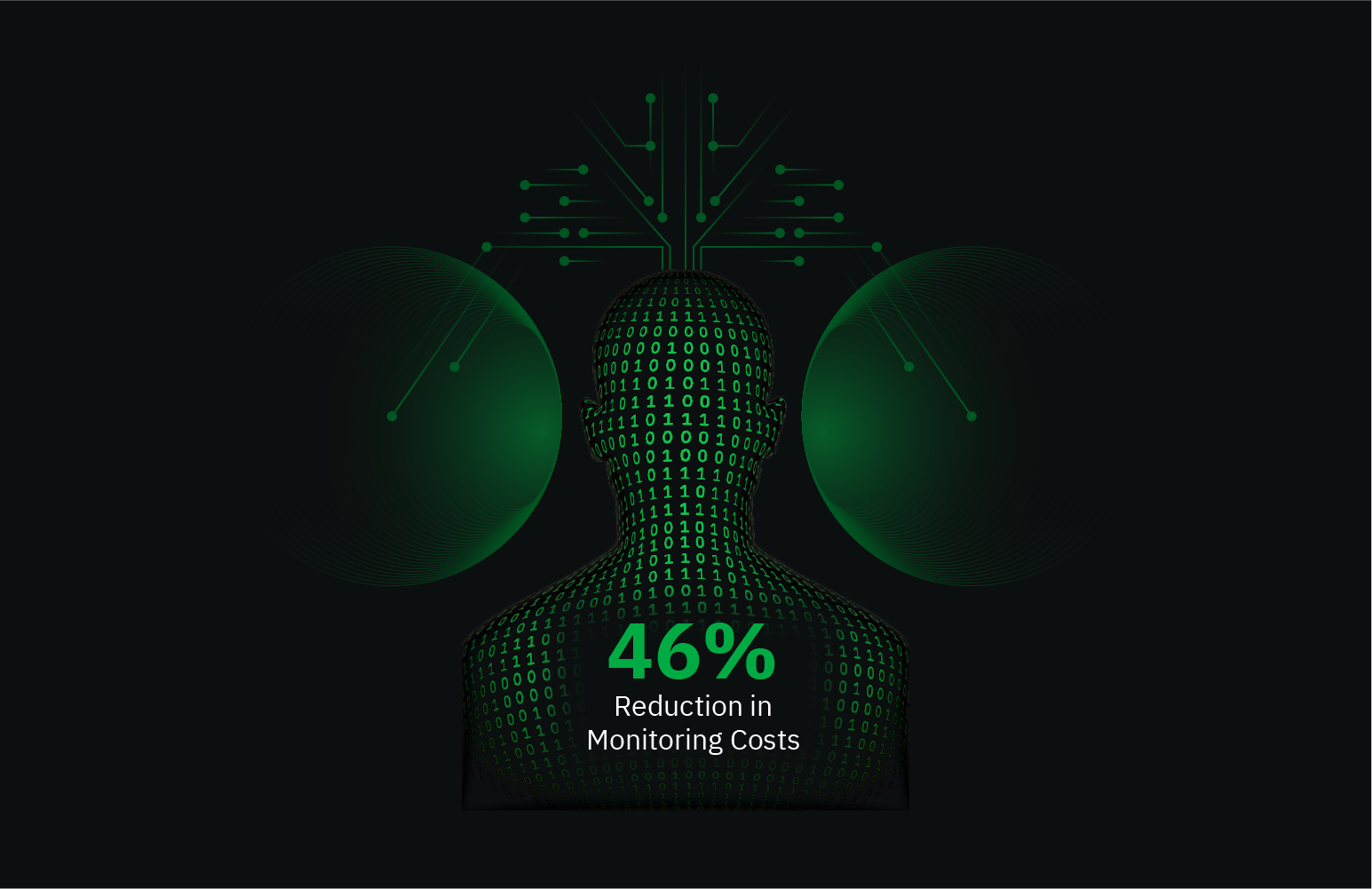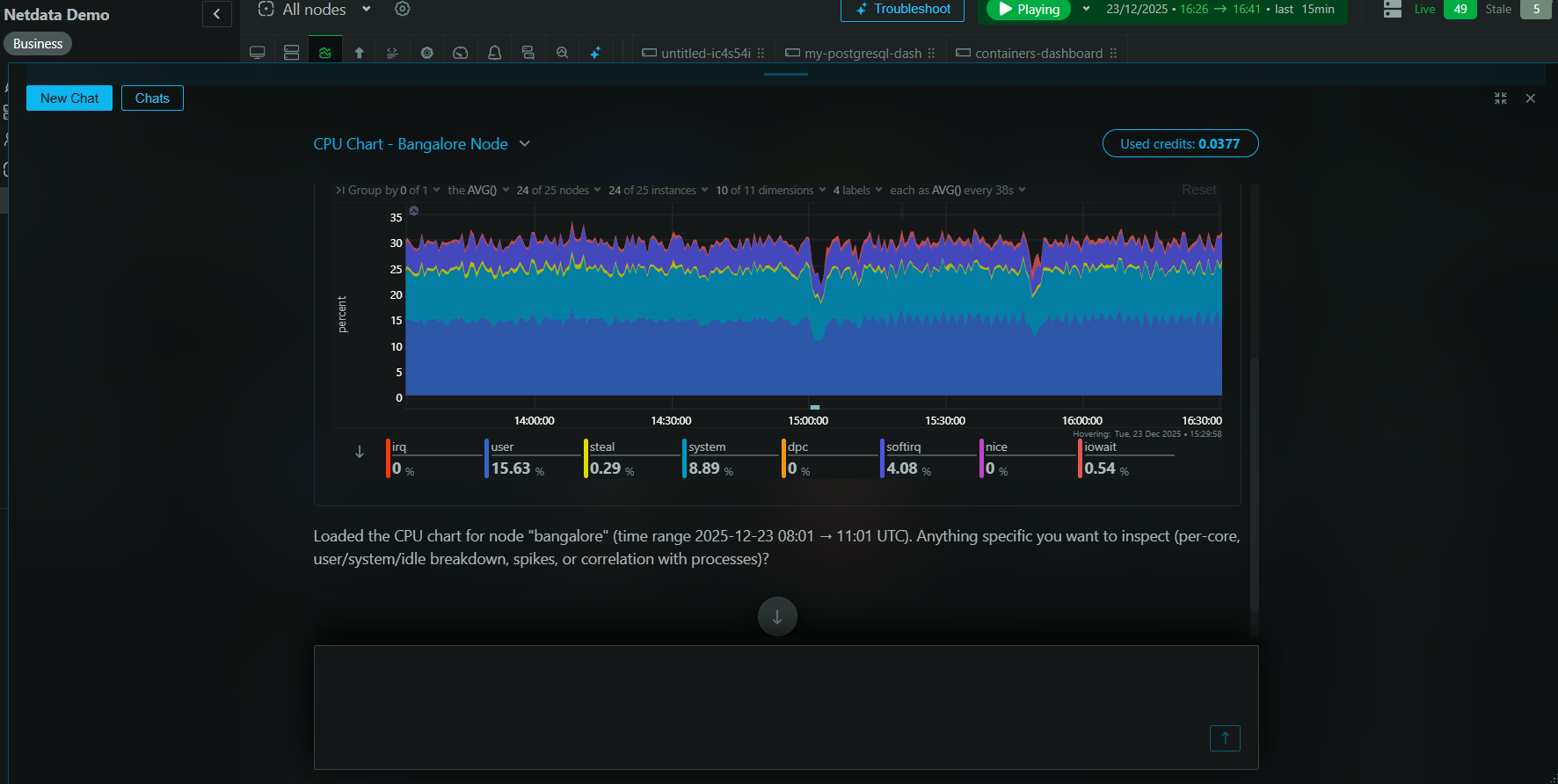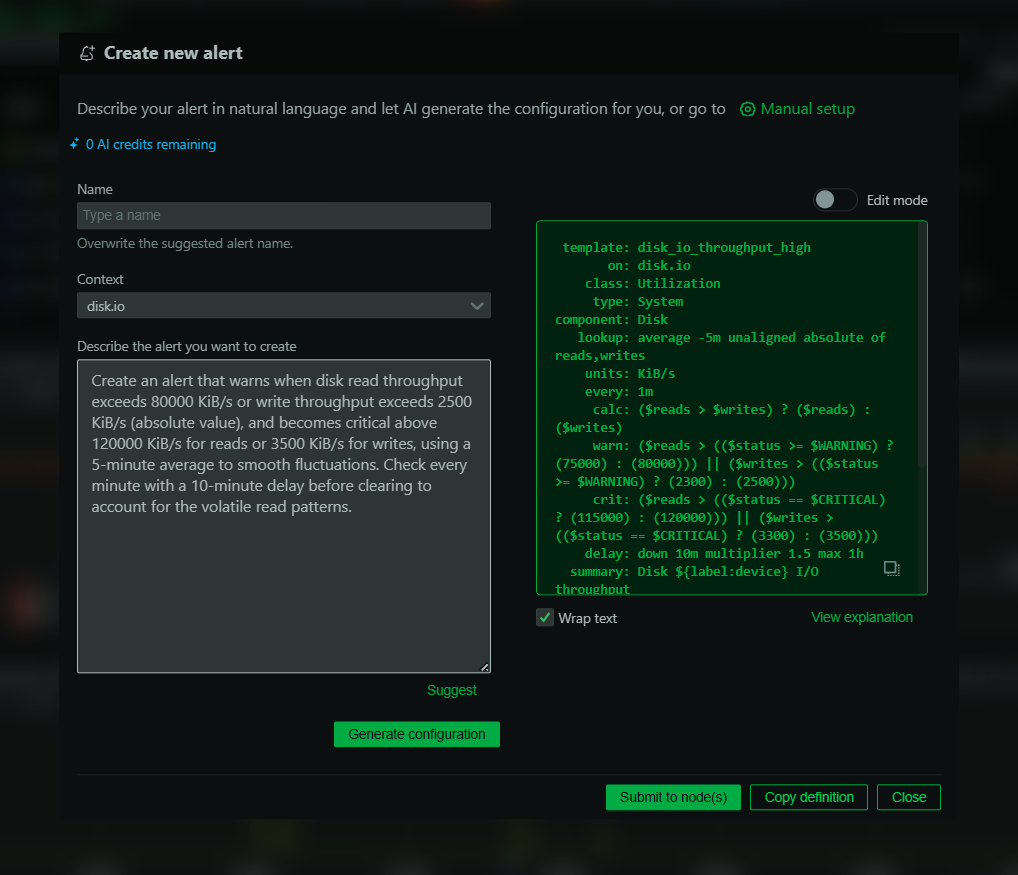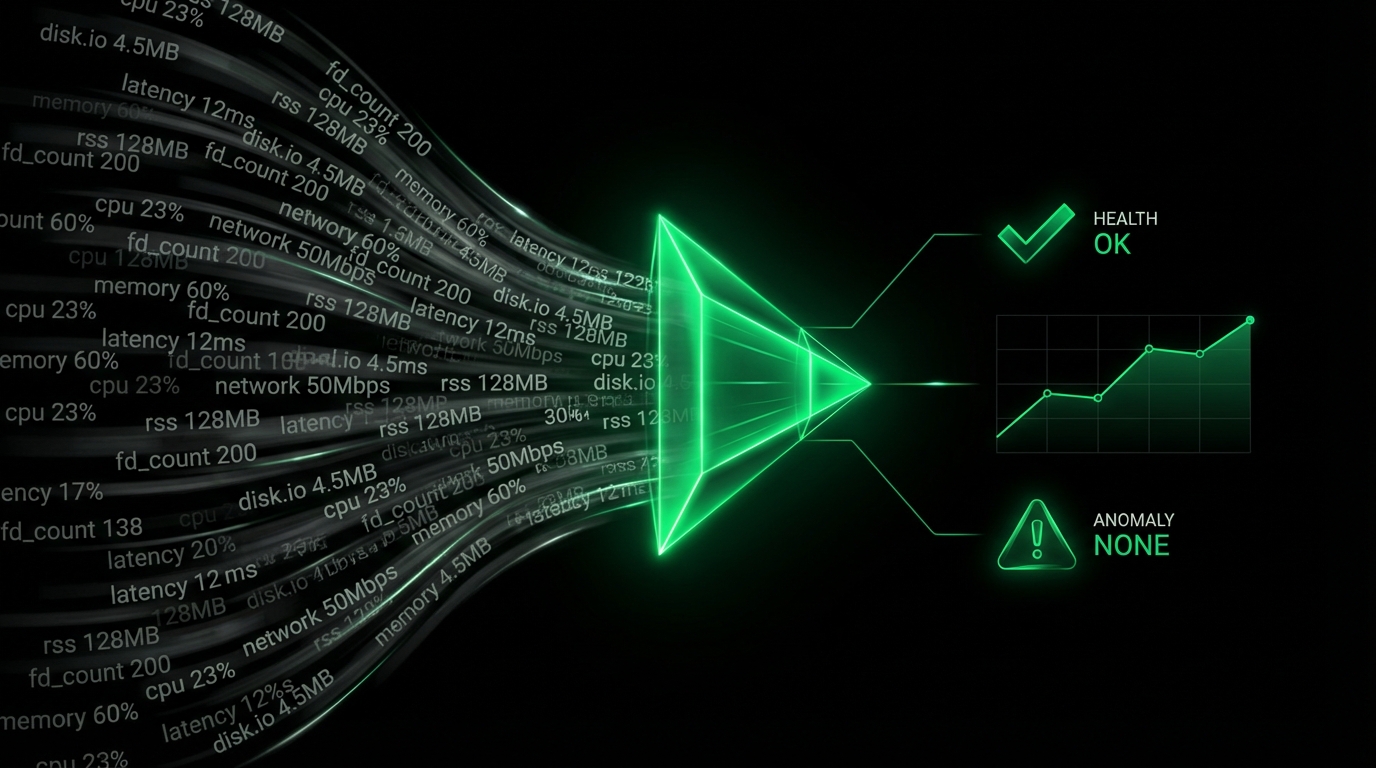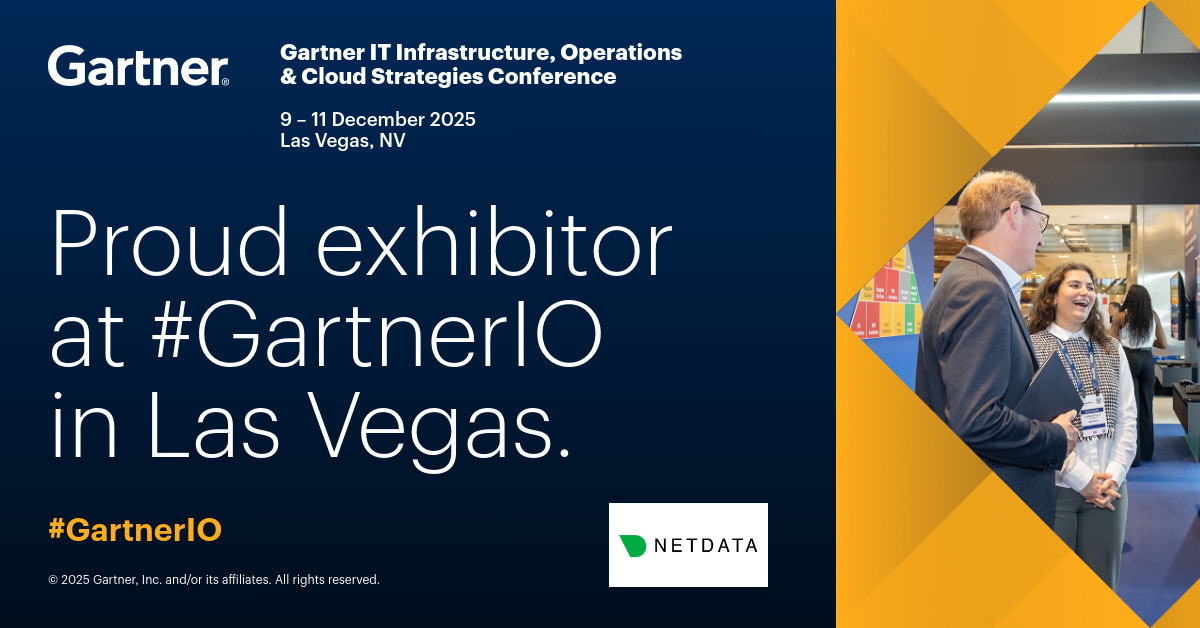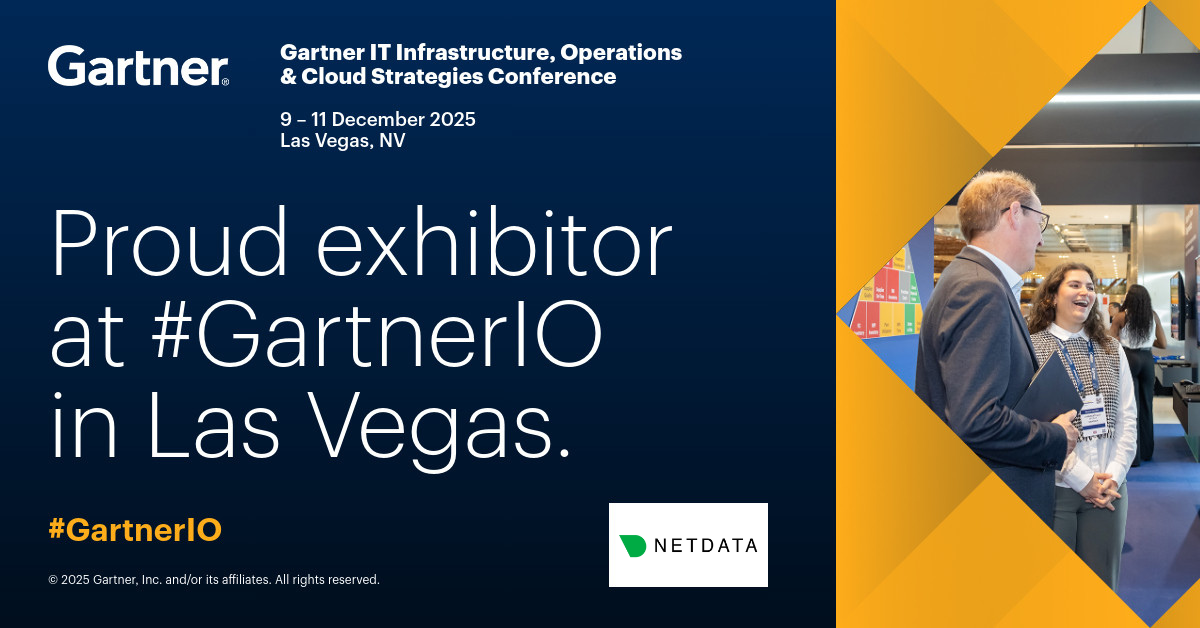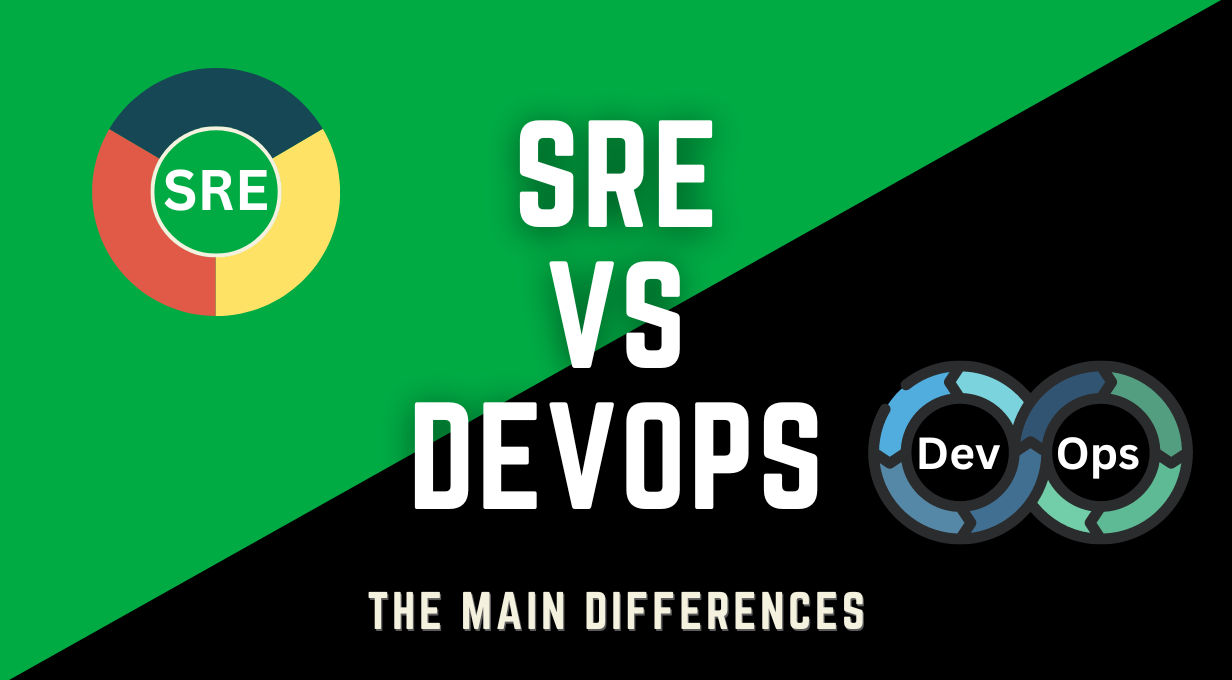If you’re new to IT operations and software development, you’ve likely encountered the terms SRE (Site Reliability Engineering) and DevOps. Both play crucial roles in modern tech organizations, but understanding the differences between SRE and DevOps can be confusing. This article aims to clarify these concepts, explain their roles, and show how they work together to enhance software delivery and system reliability.
A Brief History Of DevOps & SRE
To better understand the philosophies behind DevOps and Site Reliability Engineering (SRE), it helps to look at how each approach emerged.
SRE was introduced by Google in the early 2000s as a way to manage their rapidly scaling infrastructure. It applied software engineering to operations problems, with a strong focus on automation and reliability. The term “SRE” was formally defined in the 2016 book Site Reliability Engineering published by Google.
DevOps gained momentum around 2009 as a cultural response to the traditional separation between development and operations teams. It emphasized collaboration, continuous delivery, and shared accountability for system performance. The movement was rooted in Agile and Lean practices and aimed to break down organizational silos to accelerate software delivery.
Though they originated from different needs, both SRE and DevOps have grown to shape modern engineering practices across industries
What Is SRE? Site Reliability Engineering Explained
Site Reliability Engineering (SRE) was developed by Google to ensure their services are reliable and scalable. SRE applies software engineering principles to solve problems related to operations and infrastructure. The core idea is to treat operations as if it’s a software problem, using the skills and mindset of software engineering to manage systems, solve issues, and automate repetitive tasks.
Key Principles Of SRE
SRE focuses on several key principles to achieve its goals:
Automation: One of the primary objectives of SRE is to reduce manual labor by automating repetitive tasks. This not only increases efficiency but also reduces the likelihood of human error, ensuring more consistent and reliable operations.
Reliability: Ensuring systems are robust and can handle various loads without failing is crucial. SREs work to maintain a high level of system reliability by designing and implementing scalable and fault-tolerant systems.
Monitoring: Continuous monitoring of system health and performance is essential in SRE. This involves tracking various metrics to detect issues before they escalate, ensuring that any problems are addressed promptly.
Incident Management: When outages or failures occur, SREs are responsible for efficiently managing and resolving these incidents. This includes having well-defined processes and tools in place to respond quickly and effectively to minimize downtime and impact.
What Is DevOps? Software Development & IT Operations Explained
DevOps is a cultural and technical movement that combines software development (Dev) and IT operations (Ops). The main goal is to improve collaboration between these traditionally siloed teams to build, test, and release software more quickly and reliably. DevOps aims to create a more dynamic and flexible relationship between development and operations, facilitating faster and more efficient software delivery.
Key Principles Of DevOps
DevOps is built on several fundamental principles:
Collaboration: DevOps emphasizes breaking down silos between development and operations teams. This collaborative approach fosters better communication and coordination, leading to more efficient and effective software development and deployment processes.
Automation: Automation is at the heart of DevOps. By automating repetitive tasks such as testing, deployment, and infrastructure management, DevOps reduces manual effort and the potential for human error, speeding up the software delivery pipeline.
CI/CD (Continuous Integration/Continuous Deployment): Regularly integrating code changes and automatically deploying them is a key practice in DevOps. CI/CD pipelines ensure that new code is quickly and reliably built, tested, and deployed to production, enabling faster feedback and iteration cycles.
Infrastructure as Code (IaC): Managing computing resources using machine-readable scripts allows for consistent and repeatable infrastructure provisioning and management. IaC ensures that environments are easily reproducible and can be scaled or modified with minimal effort.
Difference Between SRE And DevOps
While SRE and DevOps share common goals, they approach these goals differently, each with its unique focus and methodologies.
Philosophical Differences
DevOps is primarily about cultural transformation and breaking down the barriers between development and operations through collaboration, automation, and shared responsibilities. It focuses on creating a unified team that works together throughout the software development lifecycle to ensure smooth and efficient software delivery.
On the other hand, SRE applies software engineering principles specifically to operational problems, with a strong emphasis on reliability and automation. SRE can be seen as a specific implementation of DevOps principles, with a focus on maintaining and improving system reliability through engineering practices.
Implementation
In terms of implementation, DevOps uses practices like CI/CD, collaboration, and IaC to streamline software delivery and improve efficiency. These practices enable faster development cycles, more reliable releases, and better alignment between development and operations teams. SRE, however, employs engineering techniques to automate operational tasks, improve reliability, and manage incidents. SREs often rely on metrics such as Service Level Objectives (SLOs), Service Level Indicators (SLIs), and error budgets to measure and maintain system performance and reliability.
Roles & Responsibilities
The roles and responsibilities of DevOps engineers and SREs also differ.
DevOps Engineers: Their primary focus is on automating the software delivery pipeline, managing CI/CD processes, and fostering collaboration between development and operations teams. They work to ensure that the software development and deployment processes are efficient, scalable, and reliable.
SREs: SREs focus on system reliability, scalability, and performance. They are responsible for incident management, developing monitoring solutions, and ensuring that systems meet predefined reliability targets. SREs use their software engineering skills to solve operational problems and build resilient systems.
Metrics & KPIs: The metrics and Key Performance Indicators (KPIs) used to measure success in DevOps and SRE differ:
DevOps: Measures success through deployment frequency, lead time for changes, and mean time to recovery (MTTR). These metrics focus on the speed and efficiency of the software delivery process.
SRE: Uses Service Level Objectives (SLOs), Service Level Indicators (SLIs), and error budgets to measure reliability and performance. These metrics are designed to ensure that systems meet reliability targets and perform as expected under various conditions.
Tools Commonly Used In DevOps vs SRE
While DevOps and SRE share many goals, they often leverage different tools to achieve them. Understanding the common toolsets associated with each can help organizations choose the right strategy, or successfully combine both.
DevOps Tools
- Jenkins/GitLab CI/CD: Automate code integration, testing, and delivery pipelines.
- Terraform/Ansible: Manage infrastructure as code for repeatable, scalable environments.
- Docker/Kubernetes: Enable containerization and orchestration for scalable app deployment.
- Prometheus/Grafana: Used for monitoring and visualization, especially in CI/CD contexts.
SRE Tools
- Prometheus/Grafana: Widely used for real-time metrics and system observability.
- Google Cloud Operations Suite (formerly Stackdriver): For logging, monitoring, and alerting.
- PagerDuty/Opsgenie: Incident management tools for real-time alerting and resolution workflows.
- SLI/SLO tracking tools: Tools like Nobl9 or custom implementations to measure and enforce reliability goals.
These tools are not mutually exclusive, many organizations use a combination of both to enhance collaboration, automation, and system reliability.
How Do DevOps And SRE Relate To Each Other
Despite their differences, SRE and DevOps complement each other well. Both aim to improve software delivery and system reliability, promote teamwork and collaboration, and advocate for automating repetitive tasks to increase efficiency and reduce human error.
By integrating the best practices of both methodologies, organizations can achieve greater reliability, performance, and efficiency. Whether implementing DevOps practices, adopting SRE principles, or combining both, the goal is to create resilient, scalable, and high-performing systems.
Which One Is Right For Your Team?
Choosing between DevOps and SRE, or combining elements of both, depends on your team’s size, goals, and technical maturity.
Startups and smaller teams may benefit more from DevOps practices. It offers flexibility, faster iteration cycles, and doesn’t require a dedicated reliability engineering team.
Enterprises and high-scale environments often adopt SRE to enforce reliability standards, reduce operational toil, and maintain service-level objectives.
Hybrid teams can integrate both practices by fostering a DevOps culture while assigning SREs to focus on observability, error budgets, and automation of reliability tasks.
The right approach depends on your organizational goals. Some companies start with DevOps and introduce SRE practices as they scale, while others build reliability teams from the outset.
Monitoring And Observability In SRE And DevOps
Monitoring and observability are essential components in both SRE and DevOps for maintaining system health and performance. They help identify issues before they impact users and provide insights into system behavior.
Best Practices For Monitoring & Observability
Implementing comprehensive monitoring and observability strategies involves several best practices:
Comprehensive Monitoring: Ensure all critical components of the system are monitored. This includes infrastructure, application performance, and user experience metrics.
Dashboards: Use dashboards to visualize key metrics and system health. Dashboards provide a centralized view of the system’s status and help teams quickly identify and respond to issues.
Alerts: Set up alerts to notify teams of potential issues before they become critical. Alerts should be configured to trigger based on predefined thresholds and conditions.
Root Cause Analysis: Use observability tools to perform root cause analysis. Understanding the underlying causes of issues helps prevent future incidents and improve system reliability.
Getting Started With SRE And DevOps
For those new to SRE and DevOps, here are some practical tips to get started:
Start Small & Scale Gradually
Begin with a small, manageable set of cloud resources and gradually scale as you become more comfortable with cloud management. This approach allows you to learn and adapt without becoming overwhelmed.
Learn & Experiment
Take advantage of free tiers and trial periods offered by cloud providers to learn and experiment with different services and tools. Hands-on experience is invaluable for understanding how various components work together.
Stay Updated
Cloud technologies evolve rapidly. Stay updated with the latest features and best practices by following cloud provider blogs, attending webinars, and participating in relevant communities. Continuous learning is crucial in this fast-paced field.
By understanding and leveraging the strengths of both SRE and DevOps, you can ensure efficient and reliable management of your software systems, leading to better performance and user satisfaction.
For further insights and tools, explore the following resources:
Books: “Site Reliability Engineering” by Niall Richard Murphy, Betsy Beyer, Chris Jones, and Jennifer Petoff; “The Phoenix Project” by Gene Kim, Kevin Behr, and George Spafford.
Websites & Tutorials: Google SRE, DevOps.com
Understanding the differences between SRE and DevOps is essential for newcomers in the IT field. While DevOps focuses on improving collaboration and automating the software delivery process, SRE emphasizes reliability and scalability through engineering principles. By integrating the best practices of both methodologies and emphasizing monitoring and observability, organizations can achieve greater reliability, performance, and efficiency.
SRE vs Devops: Frequently Asked Questions
What Is The Main Difference Between SRE And DevOps?
DevOps is a cultural framework focused on collaboration and fast delivery, while SRE is an engineering discipline that applies software development practices to infrastructure and operations with a focus on reliability.
Can A Team Implement Both SRE And DevOps?
Yes. Many companies adopt DevOps for cultural and pipeline improvements, while using SRE practices to ensure reliability, scalability, and observability in production systems.
Are The Tools Used In SRE And DevOps Different?
There’s significant overlap, but SREs often rely more heavily on tools for monitoring, incident response, and SLO/SLI tracking, while DevOps engineers focus on CI/CD pipelines, configuration management, and infrastructure automation.

